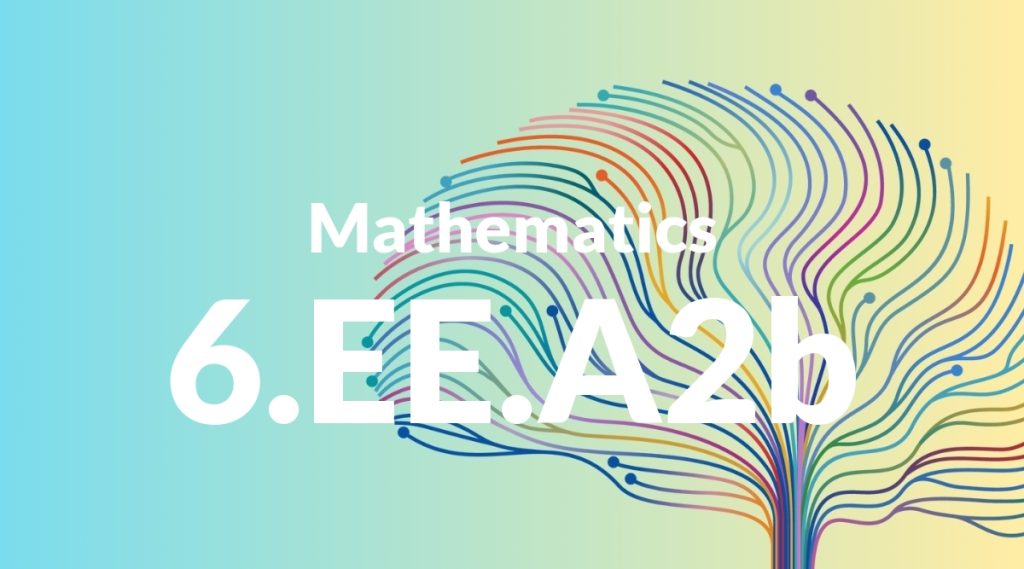Standard: 6.EE.A2b – Identify parts of an expression using mathematical terms (sum, term, product, factor, quotient, coefficient); view one or more parts of an expression as a single entity. For example, describe the expression 2 (8 + 7) as a product of two factors; view (8 + 7) as both a single entity and a sum of two terms.
Grade level: Grade 6
Subject: Mathematics
Domain: Expressions & Equations
Teacher Overview
This standard focuses on helping students identify and understand the different parts of an algebraic expression using proper mathematical terminology. It is crucial as it builds the foundation for more advanced algebraic concepts in later grades. Ensure that students have a solid grasp of basic arithmetic operations and simple algebraic expressions before introducing this standard.
Mastering this standard will enable students to manipulate and simplify more complex algebraic expressions and solve linear equations in future lessons.
Common Misconception 1
A common misconception is that students may think each part of an expression must be treated separately. This is incorrect because parts of an expression can be grouped and treated as a single entity.
Intervention 1
To address this, use visual aids and grouping techniques to show students how parts of an expression can be viewed as a single entity.
Common Misconception 2
Another misconception is confusing the terms ‘factor’ and ‘coefficient’. Students might use these terms interchangeably, which is incorrect.
Intervention 2
Provide clear definitions and examples to differentiate between factors (numbers multiplied together to get a product) and coefficients (numbers that multiply a variable).
Prerequisite Knowledge
Students should have a basic understanding of arithmetic operations (addition, subtraction, multiplication, division) and familiarity with simple algebraic expressions.
Subsequent Knowledge
After mastering this standard, students will be able to manipulate and simplify more complex algebraic expressions and solve linear equations.
Instructional Activities
- Group activities where students identify parts of given expressions
- Interactive games focusing on matching terms with their definitions
- Worksheets that require students to break down and describe expressions
- Real-world problem-solving exercises involving algebraic expressions




